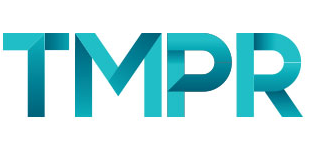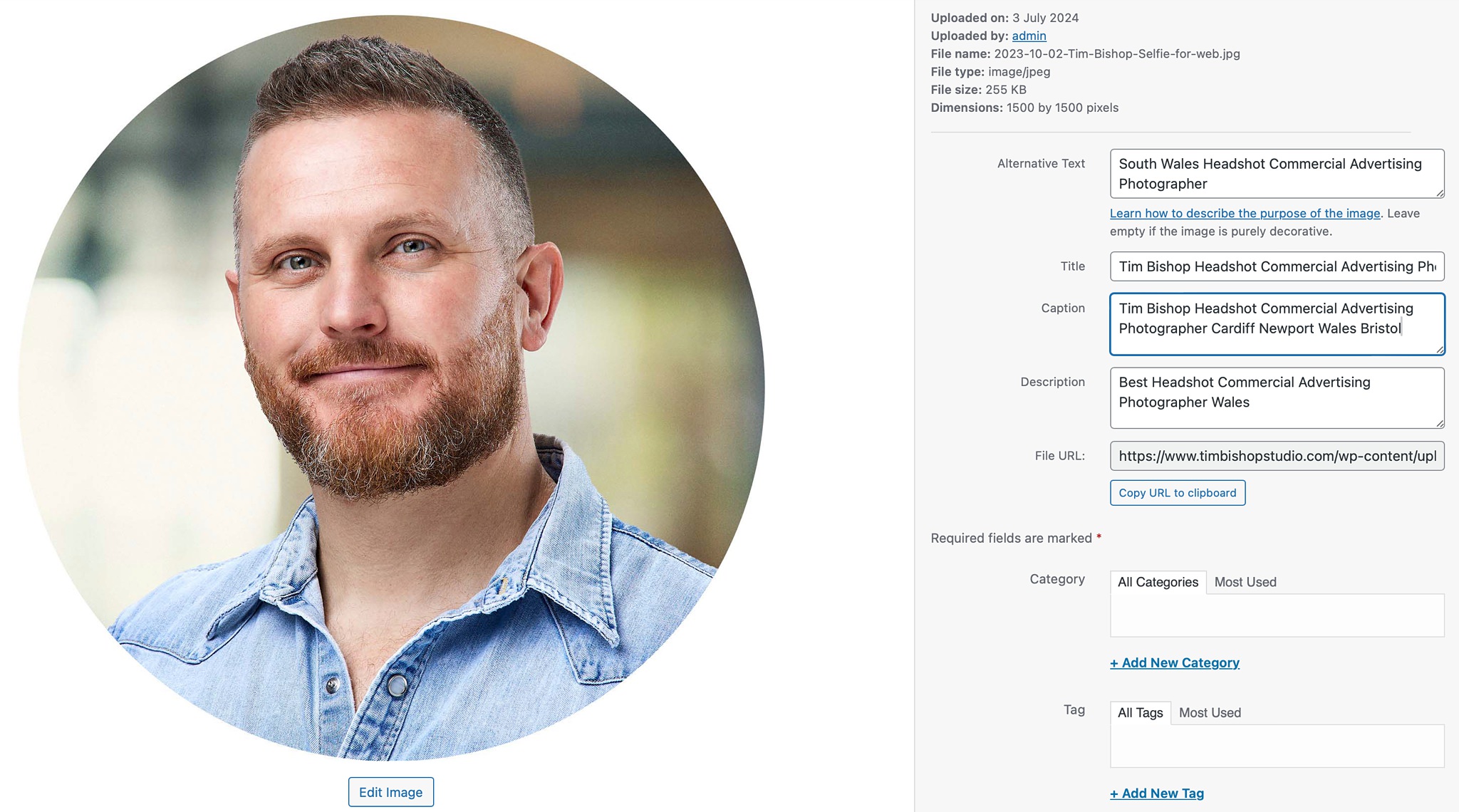The Power of Print – Tom Dean
The Power of Print: Why It Still Matters in a Digital World
In a world dominated by digital content, one might assume that print is on the decline. However, reality tells a different story. Print is experiencing a notable resurgence, with businesses and consumers alike rediscovering its unique ability to connect, engage, and leave a lasting impression. Let’s explore why print remains a powerful medium, how it complements digital strategies, and what steps can be taken to maximise its impact while staying sustainable.
The Resurgence of Print
Over recent years, print has seen a surprising comeback. Why? In part, it’s due to the overwhelming saturation of digital content. Emails, social media notifications, and online ads flood our screens every day, making it increasingly difficult for brands to stand out. Print, on the other hand, offers a tactile and sensory experience that digital simply cannot replicate. The physicality of a beautifully designed brochure, the weight of a high-quality direct mail piece, or the bold presence of striking signage creates a level of engagement that is both memorable and personal.
Additionally, the pandemic played a role in this resurgence. With people spending more time at home, printed materials—whether magazines, catalogues, or direct mail campaigns—became a welcomed break from screen fatigue. This shift reminded us of the unique power of print to deliver thoughtful, impactful messaging.
Print in a Digital-First World
Many businesses have embraced digital-first strategies, prioritizing online platforms for content creation and distribution. While digital is undeniably important, print remains an essential part of the marketing mix. Why? Because it adds depth and dimension to campaigns, offering a tangible connection that digital channels often lack.
For example, pairing a digital campaign with printed materials can enhance brand recognition and trust. A direct mail piece arriving in someone’s mailbox, followed by an email or social media ad, creates a cohesive and multi-dimensional experience. Print also provides an opportunity to reach audiences who may not be as active online, ensuring no customer segment is left behind.
Tried and Tested Printed Marketing Materials
Certain printed marketing materials have stood the test of time, proving their value time and again:
- Point of Sale (POS) Displays: Eye-catching POS materials, such as posters and Free Standing Display Units, influence purchasing decisions at the moment of truth.
- Signage: Perfect for events, trade shows, or in-store promotions, signage can be versatile, vibrant, and impactful.
- Promotional Items: Branded items like notebooks, tote bags, and calendars keep your brand in front of customers long after the initial interaction.
- Direct Mail: While email inboxes are crowded, a well-crafted direct mail campaign can cut through the noise. Thoughtful design and personalization can make recipients feel valued, increasing the likelihood of engagement.
Sustainability and Print
One of the challenges often associated with print is its environmental impact. However, advancements in sustainable printing practices have significantly mitigated these concerns. Here are some ways the industry is becoming more eco-friendly:
- Recyclable and FSC-Certified Materials: Many printers now use paper sourced from responsibly managed forests and ensure their products are recyclable.
- Waste Reduction: By adopting digital printing technologies, businesses can print on demand, reducing excess inventory and waste.
- Carbon-Neutral Initiatives: Partnering with organizations that offset carbon emissions further enhances sustainability efforts.
By choosing environmentally conscious printing partners, businesses can create impactful materials without compromising their commitment to sustainability.
Top Tips for Creating Powerful Print Materials
To ensure your printed marketing materials make an impact, follow these best practices:
- Start with a Clear Goal: Understand the purpose of your print material. Are you driving sales, increasing brand awareness, or promoting an event? A clear goal will guide your design and messaging.
- Invest in Quality Design: High-quality design is non-negotiable. Work with professional designers who understand typography, colour theory, and layout to create visually appealing materials.
- Focus on Your Audience: Tailor your messaging and design to your target audience. Consider their preferences, needs, and pain points.
- Use High-Quality Materials: Premium stock, vibrant inks, and finishes like matte or gloss can elevate the perceived value of your materials.
- Incorporate a Call to Action (CTA): Whether it’s a QR code, a website link, or a phone number, make it easy for recipients to take the next step.
- Test and Iterate: Run small batches of your print materials and gather feedback before committing to a larger print run. This ensures your message resonates with your audience.
Conclusion
Print is far from obsolete. In fact, its resurgence highlights the unique role it plays in a well-rounded marketing strategy. By leveraging the power of print alongside digital channels, businesses can create deeper connections with their audience. And with sustainability at the forefront, it’s possible to make an impact while protecting the planet. So, don’t underestimate the power of print—it might just be the key to your next successful campaign.
Written by,
Tom Dean
Managing Director – Screentec













